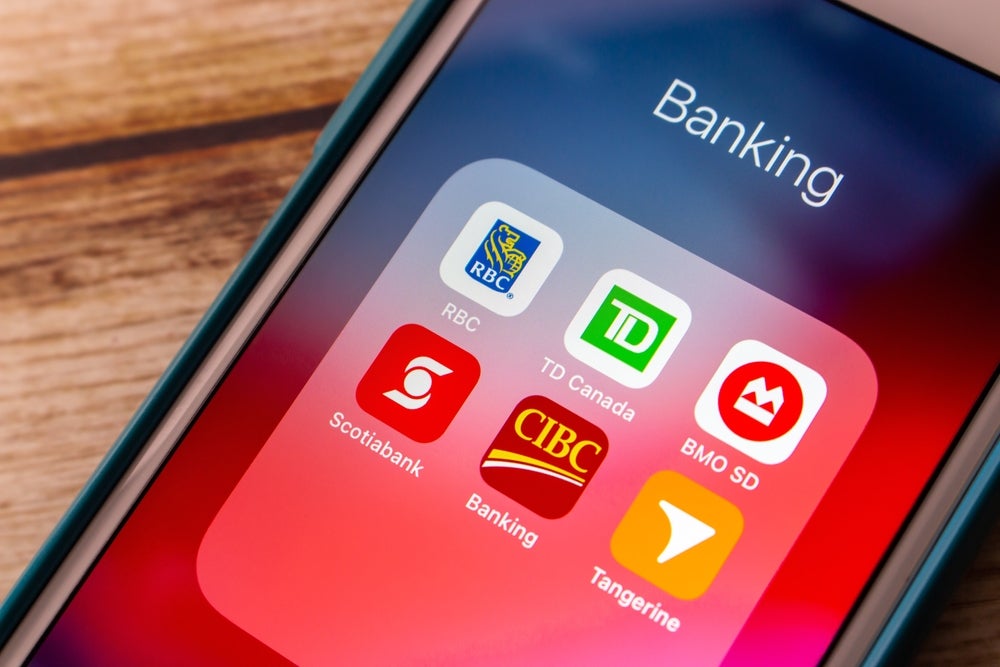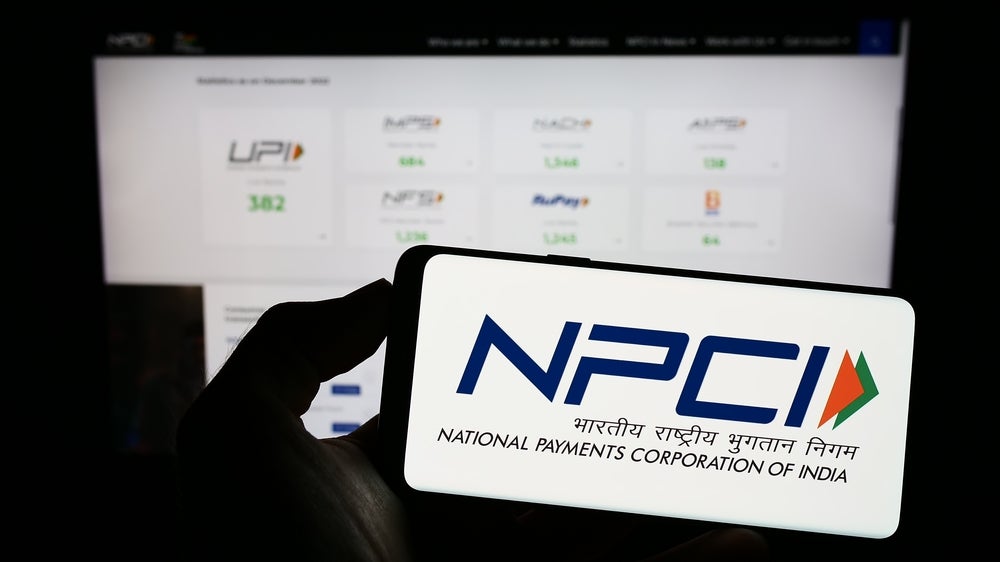An RBI round table held in Bahrain in October
saw senior bankers and other financial services industry figures
from across the Middle East region come together to discuss the
challenges and opportunities of a market which continues to witness
an expansion in retail banking capabilities. Dan Jones reports
For participants of the VRL retail banking round table in
Bahrain in October, the key word was “opportunity”.
The launch of new products and services in the
region – ranging from prepaid cards to packaged accounts to
next-generation mobile and online banking services – remains a
cause for optimism, though it is improvements in customer service
and cross-selling that seem most likely to boost financial
institutions’ bottom lines in the coming months.
Nonetheless, the effects of the financial
crisis are making themselves felt in the region, even in market
segments seen as emerging more unscathed than most.

How well do you really know your competitors?
Access the most comprehensive Company Profiles on the market, powered by GlobalData. Save hours of research. Gain competitive edge.

Thank you!
Your download email will arrive shortly
Not ready to buy yet? Download a free sample
We are confident about the unique quality of our Company Profiles. However, we want you to make the most beneficial decision for your business, so we offer a free sample that you can download by submitting the below form
By GlobalDataIslamic banking has been touted as a
beneficiary of the crisis, with many banks in the region reporting
heightened customer interest and increased deposit inflows over the
course of 2009. But according to Robin Watson, head of the Benefit
Company, one of two credit bureaux in Bahrain, the sector will not
escape the changes taking place in the wider global financial
services industry.
“Islamic banking is definitely going to grow
in importance but it will also have to change,” said Watson.
“Currently Islamic banking in this region has
been mainly associated with real estate. A huge part of Islamic
banking has been providing personal mortgage loans. Islamic banking
is overbanked to some extent, and it will have to consider what it
is selling other than car loans and real estate.”
That will inevitably lead to an increased
focus on cross-selling, something which remains under-explored
within the Middle East as a whole.
Regional trailblazers are now unveiling
concerted cross-selling efforts for the first time. Suvo Sarkar,
head of retail banking at Emirates NBD, told RBI in May
that the bank was hoping to double its cross-sell ratio from two
products per customer to four by the end of 2010, citing
technological improvements that have allowed the bank to implement
genuine relationship pricing tools (see
RBI 612).
But the average cross-sell ratio for the wider
sector remains lower still: under two products per customer, Sarkar
said at the time.
Addressing the issue of
cross-selling, B Chandrasekar, head of consumer banking for
Standard Chartered in the region, said: “What has not happened is
the creation of a central database for cross-selling products,
though banks are beginning to move on this now, and we see
maximising products per customer as an increasing trend.”
Training is essential
Combining such improvements in technology infrastructure with
enhanced customer service capabilities holds the key to improving
cross-sell ratios, the panel agreed. “I think the training of
employees who communicate directly or face-to-face with customers
is essential for cross-selling,” said Ahmed Seyadi, senior manager
at Khaleeji Commercial Bank.
Trevor Stokes, executive director for business
development at the economic development board in Bahrain, was even
more forthright.
Asked to name the key challenge, opportunity
and trend in the Middle East retail banking sector, Stokes said:
“The key challenge is customer service, the key opportunity is
improved customer service, and the key trend is improving customer
service.”
Axel Hoffmann from Bank of Bahrain and Kuwait
said: “In Bahrain, and probably in the rest of the region, what I
see is a product-led retail banking strategy. The industry has to
start thinking about the customer as a relationship and start
integrating the products in a more innovative way.
“We will see standardisation, credit bureaux
sharing information, and that will allow for more regional
expansion. Otherwise there is no scale in what is a relatively
small region.”
Stokes, a former CEO of American Express
Middle East & North Africa, cited one example of the way in
which customer service has already been improved in some segments:
the January 2008 launch of the American Express ‘Centurion’ card in
Bahrain, the United Arab Emirates and Qatar.
The high net worth product was launched in the
region ahead of countries such as Brazil and Canada, but the
extremely high service deliverables presented a challenge for the
company: in order to provide Centurion’s 24 hour customer service,
American Express had to negotiate an exemption to the Bahrain rule
forbidding women from working past 8pm or before 7am in certain
industries.
Once that was achieved, “the number of people
who used facilities such as the concierge service, and used it
extensively, was considerable”, said Stokes.

A number of other structural problems are also
beginning to improve but continue to present challenges for banks
in the region, according to the panel, including unreliable
internet connections, the paucity of postal addresses in some
areas, and high levels of card fraud.
As well as customer service, packaged accounts
will also play an inevitable part in increasing cross-sell ratios,
with Chandrasekhar confirming his bank was among the few in the
region to currently offer such products to customers.
“Bancassurance is a big area for most banks,
and I certainly think that relationship banking will be a trend and
is a way to move away from the single product mentality. In our
bank we believe that,” he said.
A focus on relationships
The focus on relationships is crucial
given that the region is witnessing the end of a period of
significant real-estate fuelled consumption. That has, in turn,
inhibited the high levels of population turnover which were
previously a characteristic of the region.
“The new influx of people coming to the Middle
East was both a positive and a negative,” said Michael Walters,
head of REAP Consulting. “In the past it led to an attitude of
‘well, we don’t need to do anything with existing customers because
next week there are 20,000 to 30,000 people arriving in Dubai, so
there is our new market’. This was true across all sectors.”
The drive to increase products per customer
could be aided by other industries’ increased awareness of their
need to penetrate further into their existing customer base. The
need to cross-promote has been lacking in the past, according to
Watson.
“Some industries are also realising their
world is changing rapidly and they have got to become much more
aggressive themselves in encouraging cross-selling, because they
have been slow at actually doing so in the past,” he added.
“Trying to persuade airlines in the region to
consider co-brands, for example – it took months and months and
months compared with what you could have done with airlines in
other regions.”
A sign of a shift in that trend came on 27
October with the launch of a co-branded credit card from Mashreq
and Air Arabia, the Air Arabia Mashreq Credit Card, which offers
customers the opportunity to obtain free flights through high card
usage in a manner which has become common the world over.
Prepaid cards also have “great potential” in
the region, according to Colin Loubser, the co-founder of prepaid
card firm Tuxedo, with most banks now coming to realise the
benefits of outsourcing the development of such services.
“I think people are starting to realise it’s
not a credit or debit card; it needs functionality, mobile
applications, and the ability to change quickly,” Loubser said.
“[Banks] now recognised the need for
specialisation and when you look at the suppliers you have to run a
programme and the opportunities across the region, that will
require specialised resource. That is a difficult resource to find
– for banks and even for us, because the technology is new,”
Loubser added.
Deepening customer
relationships
For others, the development of
innovative new products and services should, perhaps paradoxically,
bring with it a move away from product pricing in favour of a shift
towards retail banking strategies focused on deepening
relationships with customers.
“We have to stop price competition and start
being a little creative, thinking about specific segments: youth,
women, low-income consumers, expats, rising professionals – the
opportunities are there,” Hoffmann said.
Such levels of segmentation are already being
demonstrated at many of the most innovative banks in the region,
not least within the affluent sector. With customer relationships
an even more integral part of the business model, wealth managers
and mass affluent service providers have frequently proved more
refined in their segmenting strategies than their consumer banking
counterparts.
The likes of Emirates NBD Priority Banking and
Mayfair Wealth Management have promoted female-focused services and
events in the past 12 months, while National Bank of Kuwait has
maintained its focus on the youth segment via a series of ‘summer
academy’ promotions.
A recent report from Boston Consulting Group
also highlighted how Islamic banks too were “extremely well
positioned” to capture a share of the growing female-friendly
banking market in the region.
But despite such developments, the panel
widely agreed that the Middle East remains a heavily overbanked
region, and suggested the current economic climate would inevitably
result in a thinning out of the pack.
“Because we have too many banks there is a lot
of price-based competition,” said Hoffmann. “We have a very small
market and banks were lending personal loans and car loans at 7 or
8 percent, which are very low rates compared with what I see in
other undeveloped markets.”
For now, however, it seems the onset of the
financial crisis is resulting in an increased interest in the
retail banking sector, not least from others in the financial
services industry.
Investment houses struggling under the weight
of soured ventures and the weakened real estate market are
beginning to rely on their retail banking subsidiaries for income,
even as the Middle Eastern consumer feels the pain. In October,
Gulf Finance House (GFH), one of the largest investment banks in
the region, announced the creation of a “rejuvenated business model
designed to catalyse a new period of growth”.
The business will be split into two divisions,
one of which will be a commercial banking franchise centring on the
retail-focused Khaleeji Commercial Bank, in which GFH and GFH
chairman Esam Janahi hold a combined 47 percent stake.
Similarly, Bahrain’s Ithmaar Bank announced on
14 October that it would integrate its subsidiary Shamil Bank in
order to become a “premier Islamic retail bank, [involving] both
banks pooling their resources to create a single, more efficient
and significantly strong retail-focused Islamic bank”.
The potential introduction of a pan-regional
banking licence, however – long mooted as a hypothetical
groundbreaking development in the Middle East – remains a long-term
goal but one unlikely to occur in the near future, the panel
agreed, with some suggesting that the need for such a licence would
be mitigated by the continued development of cross-border
co-operation between the financial services sector and related
industries.
Educating customers on
channels
Other key challenges cited by the
panel, as the industry attempts to roll out alternative channels,
included educating the end user, the sense that internet
penetration remained relatively low for some segments, and
increasing convenience for customers.
“Prepaid, online, mobile are going to become
more and more important,” said Stokes. “I think you are going to
continue to have intense competition on price when the region
remains so overbanked, but there are companies trying to pull away
from price.”
Chandrasekar concurred the implementation of
electronic channels is on the rise but suggested the crucial
challenge is addressing users’ inhibitions regarding the use of
electronic terminals, a principal factor being security. But on a
broader basis, the banker is upbeat about the opportunities in the
region.
“Channels are available, it is a question of
making customers feel secure,” said Standard Chartered’s
Chandrasekar. “At the top end internet acceptance is very
high.”
He added: “There is a lack of credit in
countries like Qatar, Lebanon, Jordan, there is still a lack of
credit bureaux there, so that is an opportunity for countries to
streamline retail lending and help growth… The region has learned
some lessons already about the non-creditworthy, about leverage
being too high and so on.
“I think also the mortgage market generally
has not grown as it can, so there is a great opportunity around
secured lending.”
RESULTS
Regional third-quarter results offer mixed views
Third-quarter results from the
leading banks in the Middle East have shown the extent to which the
region is now feeling the effects of the global economic downturn,
with only a handful of major players reporting year-on-year profit
increases.
One such bank was Emirates NBD, the region’s
largest bank by assets, reporting total income of AED8.3 billion
($2.3 billion) for the nine months to 30 September 2009, up 24
percent from the year previous.

The bank did, however, see total retail income
before impairments fall from AED2.3 billion to AED2.1 billion over
the same period, though it noted its consumer and wealth management
deposit base rose by 23 percent in the first nine months.
The imminent completion of the merger of
Emirates Bank and National Bank of Dubai, the two institutions from
which Emirates NBD was created, was marked in late November with
the launch of the bank’s new brand identity, reflected in new
branch signage, a new website and new marketing strategy.
At National Commercial Bank, the largest bank
in Saudi Arabia, net income for the first nine months of the year
fell by 28 percent to SAR3.27 billion ($872 million).
At Mashreq, in the United Arab Emirates, net
income for the first three quarters fell from AED1.64 billion in
2008 to AED1.2 billion in 2009. Retail income before tax and
impairments rose from AED1.14 billion to AED1.3 billion.
Kuwait’s retail-focused Gulf Bank saw nine
month net profit drop from KWD86 million ($301 million) in 2008
evaporate into a KWD7 million loss for the corresponding period in
2009 – largely due to a fall in domestic banking net income from
KWD68.8 million to KWD11.1 million.









